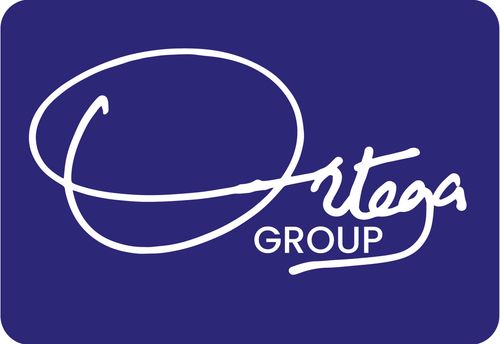One of the things I often see most leaders struggle with, is the failure to ask great questions. Great leadership sometimes boils down to asking great questions. When you meet teams amidst failure, what kind of questions do you ask? When there’s a business challenge that’s remained unsolved, how do you ask the right guiding questions?
Often, this inability to ask the right questions impedes the decision-making process for most leaders. Because, as a leader, you need information and insight, and only the right questions can get you there.
A quick way to improve one’s art of questioning is to learn to consider the opposing view, to take the route of ‘whatever we know could all be wrong.’ Leaders tend to be kept in bubbles and the people they lead get to learn how to maintain the bubble of their leader. We meet many executives that have taught their teams to tell them only the things they want to hear. As a leader, you must get uncomfortable hearing things you don’t want to hear. You must get comfortable discovering that you could be mistaken.
You must ask the questions that construct logical flows in whatever teams are telling you. Even with the data, a leader must be able to ask the right questions out of the data. Shall you consider the median or the mean in a given data set? Is it last 3 months data or 6 months data? Are you considering moving averages? You see, data can also be organized in different ways, and it will tell different stories.
Leaders should often consider the scenarios and sensitivities of each scenario. How great can a situation get? How good and how ugly? And what would have to be true for each of these scenarios to play out. What assumptions are being taken? We also advise leaders to be aware of their misconceptions and biases in any moment. There are things a leader is already inclined to believe, we are saying, break those barriers and come clean to every situation. Consider many perspectives, the outsider perspective, the employee perspective, leaders must actively think with different hats. By mastering this art and science of asking the right questions, leaders are in a better position to focus, to shift the needle in whatever they’re working on. It’s all down to great questions.
Photo by Jehyun Sung on Unsplash

